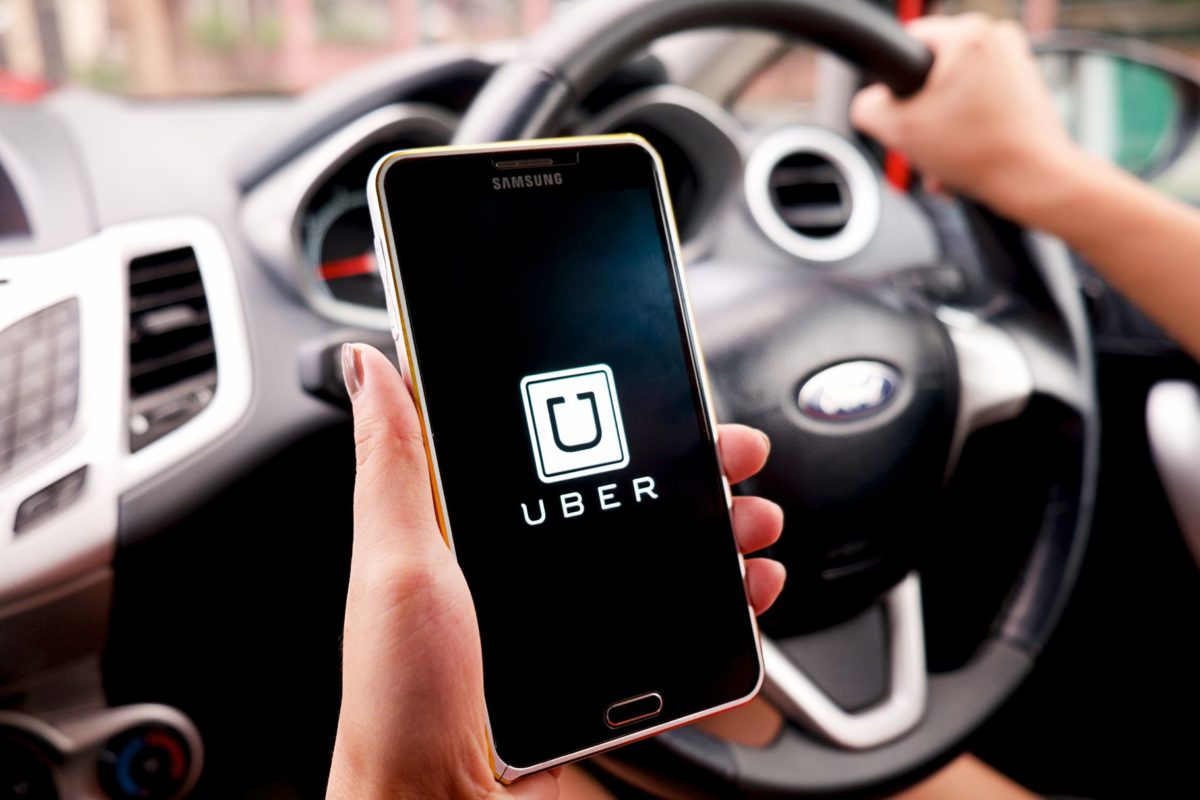Platforms are emerging in all kinds of industries, from banking to energy, and the biggest are currently billion dollar companies. A part of these platforms can be seen as labor platforms, such as Uber and Upwork. They respond to short-term labor needs with workers who are officially considered independent contractors (Kuhn & Maleki (2017)). Consequently we could consider labor platforms as solutions to unemployment.
The French government already saw this as a way to fight poverty in the Paris’ banlieues. Employment positively affects the general well-being of people and therefore, it could be a way of breaking the poverty cycle in Paris’ poorest neighborhoods. However, opponents of these labor platforms want to protect traditional businesses against unfair competition and are worried about worker’s protection.
France is perceived as one of the leading European countries in developing the platform economy Forde & al. (2017). France has big players in the market, such as Airbnb and Uber, but also has many of its own platforms with 70% of the platforms being domestic start-ups. Most people doing platform work do this as a means of complementing their income instead of earning their whole income. An exception on this is Uber. A study on Uber drivers in France confirms this. Landier, Szomoru & Thesmar (2016) did a study on Uber drivers in France using anonymized Uber data. They concluded that Uber drivers are escaping high unemployment and almost 50% of the drivers works more than 30 hours per week. Furthermore, a vast portion sees its job as a full-time occupation and their main income source. This tendency is also visible in Paris. Most Uber registrations can be found in the “suburbs of northern and south-eastern Paris, where economic conditions are harshest”. Moreover, literature found a relationship between the unemployment rate and the number of Uber drivers, indicating that Uber is used to avoid unemployment (Boisson (2015)).
Hence, these findings show that Uber is currently an example of a platform that helps those in financial difficulty to break the cycle of poverty by making them able to have an income and be employed. However, Uber has also received a lot of criticism. As for labor platforms in general, workers’ conditions are questioned together with the low wages and long working hours. This brings psychological and security risks and the risk of a degraded quality of the work. Furthermore, there is a strong lobby by the taxi companies for more severe regulation as Uber is creating unfair competition and threatening the jobs of official taxi drivers. Therefore, further regulations should be set in place in order for labor platforms to play a role in solving a poverty problem. The rise of the platform economy has tottered the current labor system that is entirely built around the salaried worker. Therefore, adapting this system and finding the optimal way to benefit from the rise takes time and will not be simple.
References
Kuhn, K. M., & Maleki, A. (2017). Micro-entrepreneurs, dependent contractors, and instaserfs: Understanding online labor platform workforces. Academy of Management Perspectives, 31(3), 183- 200.
Forde, C., Stuart, M., Joyce, S., Oliver, L., Valizade, D., Alberti, G., … & Carson, C. (2017). The social protection of workers in the platform economy. Directorate General for Internal Policies Policy Department A: Economic and Scientific Policy.
Landier, A., Szomoru, D., & Thesmar, D. (2016). Working in the On Demand Economy: An analysis of Uber-driver partners in France. uber blog post.
Boisson, C. (2015). Is Uber Pop? De l’origine sociale des conducteurs de VTCs.


